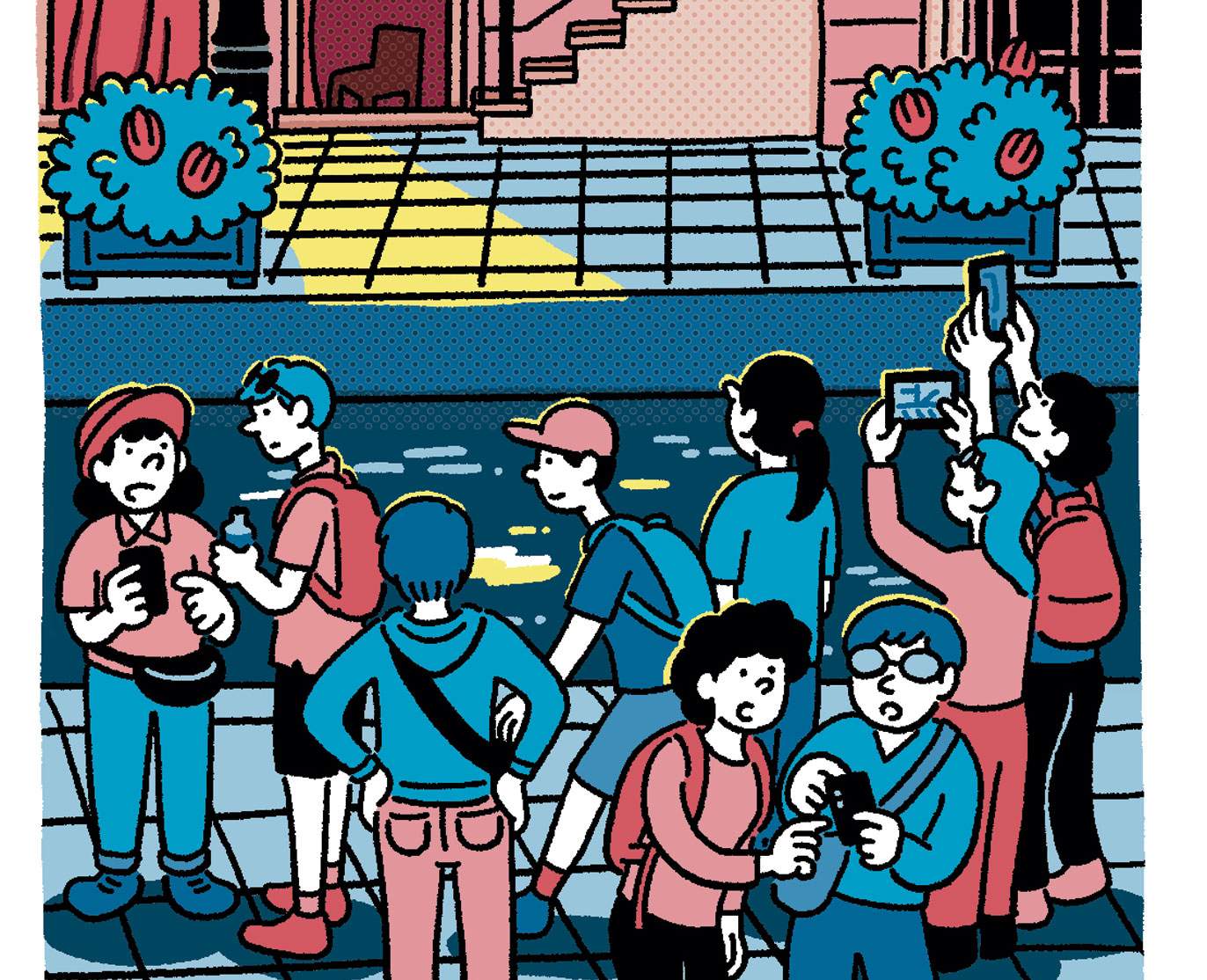The Agenda: Opener / Amsterdam
Open to (nearly) all
Charlotte McDonald-Gibson on Amsterdam’s attempts to attract the ‘right kind’ of tourist.

There are few more disappointing arrivals to a great city than emerging from Amsterdam’s Central Station. It’s a beautiful 19th-century cast-iron and red-brick building designed by Rijksmuseum architect Pierre Cuypers. But a few steps from its monumental entrance hall, you are greeted by a tangle of tram tracks, unsteady tourists wobbling on rental bikes and the heavy whiff of marijuana. Then the main stretch down to Dam Square is a gauntlet of low-grade pancake houses, garish coffee shops (as legal cannabis cafés are known) and crowds of visitors, many visibly worse for wear. On a recent visit, I watched a tram conductor escort a tourist off his vehicle so that she could vomit in a bin.
Amsterdam is one of the world’s most visited cities, hitting a record 22 million guests in 2019. There are fewer than one million residents and some, understandably, feel swamped, especially as many tourists are not there for museums or orderly canal trips. As night falls the historic De Wallen red-light district becomes a saturnalia of stag dos and stoners staggering between bars and brothels. It’s certainly rambunctious but would Amsterdam still be Amsterdam without this freewheeling, chaotic heart?
That is the paradox facing mayor Femke Halsema as she embarks on a plan to, ahem, weed out the troublemakers. It was cooked up during the coronavirus lockdowns, when travel bans transformed the city centre back into the quaint oasis it must have been before mass tourism. But now this vision for a tranquil Amsterdam is being put into practice – and it’s not going well. In February the city announced its proposal to close about 100 of the 249 brothel windows in De Wallen and relocate the sex workers to an “erotic centre” on its outskirts offering tantric-yoga courses and lectures on feminism over afternoon tea.
Halsema apparently said that she was inspired by the film Moulin Rouge but it’s not clear whether any affected parties were consulted. The sex workers themselves certainly weren’t: they marched on City Hall saying that the proposed erotic centre and a decision to close the red-light district earlier on weekends would make their jobs more dangerous. The two mooted locations have also provoked an outbreak of Nimbyism, including from the European Medicines Agency, which the Dutch worked hard to woo from London after Brexit. It issued a statement making clear that they didn’t want “drug-dealing, drunkenness and disorderly behaviour” on their doorstep.
Then in April the city released two videos discouraging undesirable tourists from the UK from visiting. With bad acting and botched attempts at British slang – “Coming to Amsterdam for a messy night and to get trashed?” – they fell as flat as a Dutch pancake. Cue the satirists pitching in with their own versions, warning of “over-priced beer”, “oat-milk lattes” and “too many ‘paddos’ [hallucinogenic mushrooms]”. The campaign contradicts the spirit of Amsterdam, a city built on openness, tolerance and free thinking. And this isn’t the first bout of puritanism attempting to tame its wild side: successive rounds have already seen bars close earlier and coffee shops culled.
So are rowdy tourists in an area that has hosted sex work since the 16th century really the issue? Perhaps it’s the ill-planned gentrification that is really threatening to swamp the city’s character? Many say that soaring rents and a housing crisis are pricing out creatives. If Amsterdam wants to remain a celebrated global city, it needs to start thinking about the kinds of people it wants to attract rather than berating those it wants to keep away.
Charlotte McDonald-Gibson is Monocle’s correspondent in The Hague.
Illustrator: Onion Peterman


